Sphere Project main objective is to develop a multimodality sensing platform, based on low-cost devices: ranging from on-body sensors, environmental sensors and video based sensors. The SPHERE platform is aiming at efficiently tackling the problem of healthcare monitoring at home. Its vision is not to develop fundamentally-new sensors for individual health conditions but rather to impact all these healthcare needs simultaneously through data-fusion and pattern-recognition from a common platform of non-medical/environmental sensors at home. The system will be general-purpose, low-cost and hence scalable. Sensors will be entirely passive, requiring no action by the user and hence suitable for all patients including the most vulnerable. A central hypothesis is that deviations from a user’s established pattern of behaviour in their own home have particular, unexploited, diagnostic value.
Computer Vision in Sphere: WP2 (Vision Team)
The main objectives of WP2 consist of developing an efficient, real-time multi-camera system for activity monitoring in the home environment. The system will be based on low cost cameras and depth sensors to estimate client’s position and to analyse their movements to extract features for use for action understanding and activity recognition.
The vision team are developing a video based action recognition and multi-user tracking system for the house environment. This solution will allow the system to estimate the activity/inactivity level of the user during their daily life. The platform has been tested in SPHERE’s house and integrated with the other sensor systems; providing a unique multisensory system for data collection. On-going video work includes a collaboration with respiratory physicians in Bristol developing and validating video-based systems for monitoring breathing.
Related Projects
Online quality assessment of human movements from skeleton data
The objective of this project is to evaluate the quality of human movements from visual information. This has use in a broad range of applications, such as diagnosis and rehabilitation.
Real Time RGB-D tracker: DS-KCF
The objective of this project is develop a real time RGB-D tracker based on Kernelised Correlation Filters
WP2 Publications
2015
- Massimo Camplani, Sion Hannuna, Majid Mirmehdi, Dima Damen, Adeline Paiement, Lili Tao, Tilo Burghardt. Real-time RGB-D Tracking with Depth Scaling Kernelised Correlation Filters and Occlusion Handling. British Machine Vision Conference, September 2015.
- N. Zhu, T. Diethe, M. Camplani, L. Tao, A. Burrows, N. Twomey, D. Kaleshi, M. Mirmehdi, P. Flach, I. Craddock, Bridging eHealth and the Internet of Things: The SPHERE Project, IEEE Intelligent Systems, (to appear).
- A Multi-modal Sensor Infrastructure for Healthcare in a Residential Environment. P. Woznowski, X. Fafoutis, T. Song, S. Hannuna, M. Camplani, L. Tao, A. Paiement, E. Mellios, M. Haghighi, N. Zhu, G. Hilton, D. Damen, T. Burghardt, M. Mirmehdi, R. Piechocki, D. Kaleshi and I. Craddock. IEEE International Conference on Communications (ICC), Workshop on ~ICT-enabled services and technologies for eHealth and Ambient Assisted Living.
2014
- A. Paiment, L. Tao, S. Hannuna, M. Camplani, D. Damen and M. Mirmehdi, Majid (2014). Online quality assessment of human movement from skeleton data. British Machine Vision Conference (BMVC), Nottingham, UK


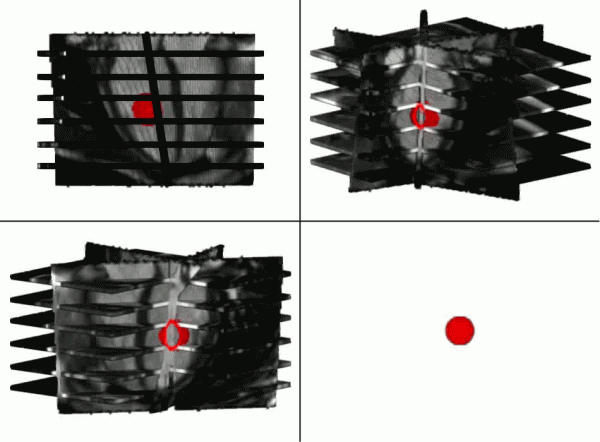
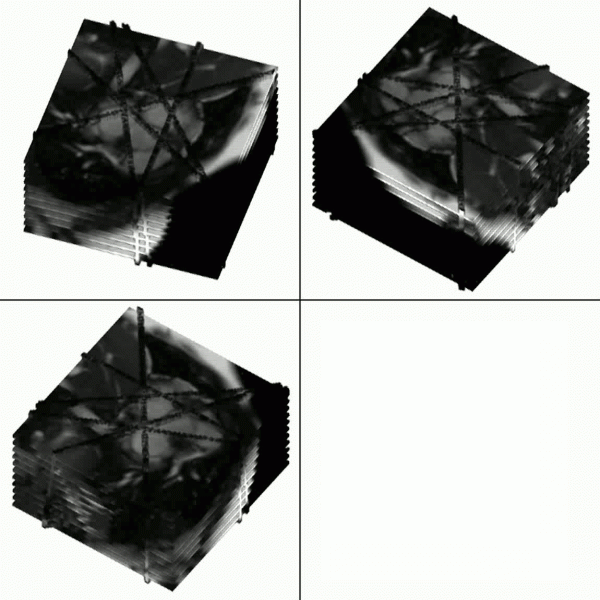
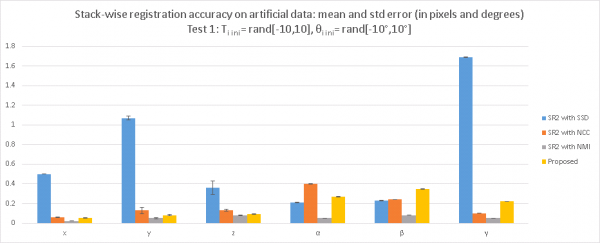
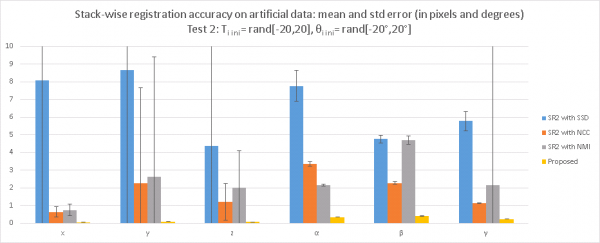
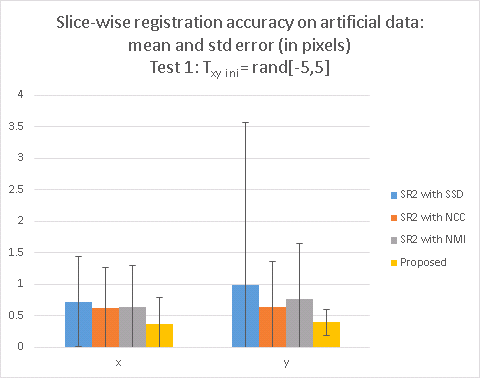
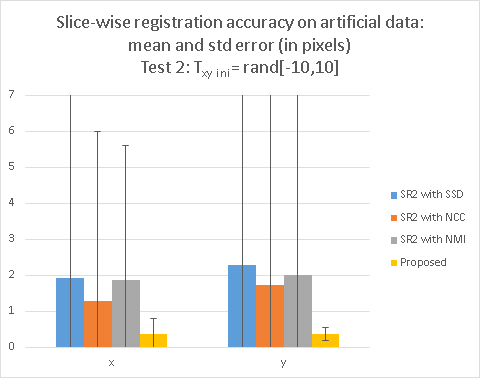
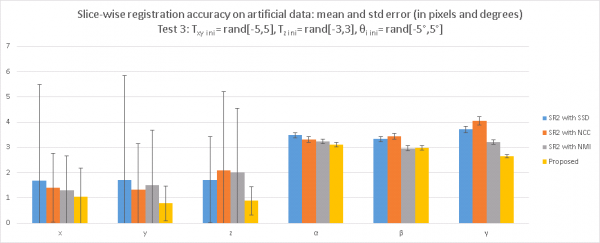
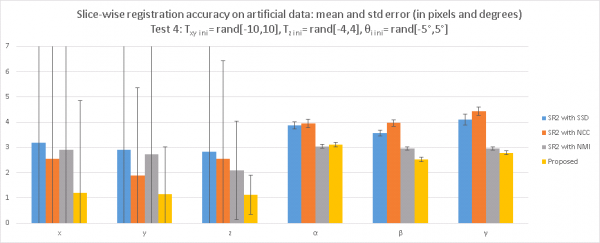
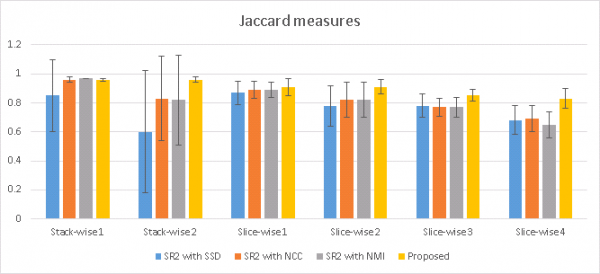




 Active contour models, commonly known as snakes, have been widely used for object localisation, shape recovery, and visual tracking due to their natural handling of shape variations. The introduction of the Level Set method into snakes has greatly enhanced their potential in real world applications.
Active contour models, commonly known as snakes, have been widely used for object localisation, shape recovery, and visual tracking due to their natural handling of shape variations. The introduction of the Level Set method into snakes has greatly enhanced their potential in real world applications.